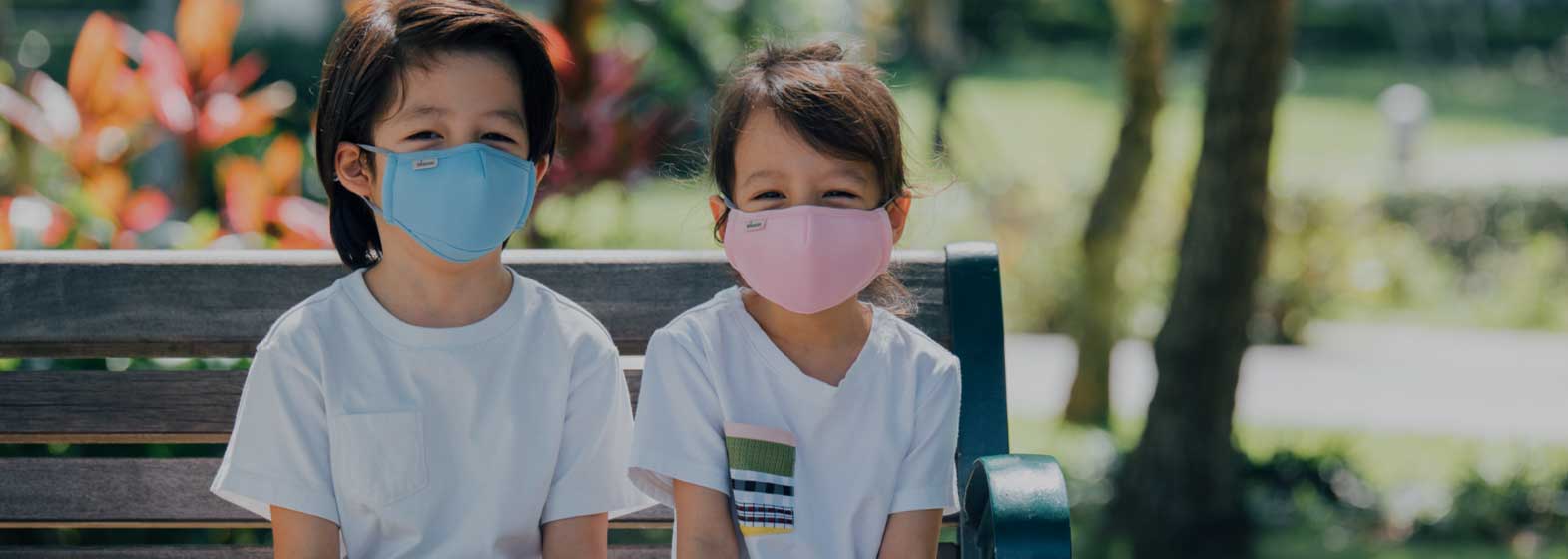
How to Reduce Your COVID-19 Risk During Your Daily Work Commute
- Connexions
- 2020-06-24
- 2463
As businesses begin to reopen during the COVID-19 pandemic, they’re faced with the challenge of finding new ways to operate to keep their employees safe.
To assist businesses with this process, the U.S. Centers for Disease Control and Prevention (CDC) recently released a set of
These guidelines include recommendations for how employees can best stay safe while commuting to and from their jobs.
In particular, the CDC recommends traveling either alone or with someone you live with whenever possible.
The CDC’s latest guidance suggests that avoiding public transportation is your best bet when it comes to preventing the transmission of SARS-CoV-2.
Their guidance uses biking, walking, and driving your own personal vehicle as examples of suggested ways to commute.
In order to get more people to avoid public transportation, the CDC suggests that employers should offer their workers incentives.
According to Brian Labus, PhD, MPH, an assistant professor in the School of Public Health at the University of Nevada, Las Vegas, subways, buses, and carpools are places where people remain in close contact for an extended period of time.
“If you don’t live with those people,” said Labus, “it obviously increases the risk of exposure to coronavirus. By commuting individually or only sharing a car with people you live with, you minimize your exposure to others and reduce your risk of disease.”
The CDC’s recommendation to travel alone has been somewhat controversial.
It has raised concerns about how it will affect the environment.
Some experts fear that this change in policy will promote heavy traffic congestion. It could also reverse gains that have been made in reducing carbon emissions.
Some groups have also expressed concerns that lower-income individuals and people of color might be at a disadvantage when it comes to following this guidance.
In response to the criticism, the CDC did soften the original language somewhat, adding the words “if feasible” to the relevant passage.
“Unfortunately,” said Henry F. Raymond, DrPH, MPH, associate professor at Rutgers School of Public Health, “we can’t have it both ways. That is, we can’t minimize the potential for spread by encouraging mass transit.”
Regarding lower-income workers, Raymond noted that encouraging those who can afford to travel alone to do so will ultimately help those workers who are still forced to use public transportation.
Having fewer people using mass transit will give them a better chance of maintaining physical distance, he explained.

-
 2022-04-26Are air purifiers environmentally friendly ?
2022-04-26Are air purifiers environmentally friendly ? -
 2022-04-26The importance of wearing a mask correctly
2022-04-26The importance of wearing a mask correctly -
 2022-04-27Connexions Air H13 True HEPA Filters
2022-04-27Connexions Air H13 True HEPA Filters -
 2022-04-29What is the use of anion function of air purifier?
2022-04-29What is the use of anion function of air purifier? -
 2022-05-08Standardize the wearing of masks, children should not be missed!
2022-05-08Standardize the wearing of masks, children should not be missed! -
 2022-05-16Hazy days, air purifiers are useful?
2022-05-16Hazy days, air purifiers are useful? -
 2022-05-16Attention everyone! Don't buy fake FFP2 masks! How do we identify?
2022-05-16Attention everyone! Don't buy fake FFP2 masks! How do we identify? -
 2022-05-17Pay attention to secondary pollution when using air purifiers
2022-05-17Pay attention to secondary pollution when using air purifiers -
 2022-05-17TOP5 pollutants that the purifier can purify
2022-05-17TOP5 pollutants that the purifier can purify
-
 2020-06-02Why do Face Masks Matter With This Coronavirus
2020-06-02Why do Face Masks Matter With This Coronavirus -
 2020-06-02How to Wear Mask
2020-06-02How to Wear Mask -
 2020-06-02Three Principles of Choice of Masks
2020-06-02Three Principles of Choice of Masks -
 2020-06-022020 Situation of Mask Market
2020-06-022020 Situation of Mask Market -
 2020-06-17What other preventative measures can you take to protect yourself from airborne substances?
2020-06-17What other preventative measures can you take to protect yourself from airborne substances? -
 2020-06-08The Advantage of Disposable Face Masks
2020-06-08The Advantage of Disposable Face Masks -
 2020-06-093 Ply Disposable Face Mask & Soft & Comfortable Ear Loop
2020-06-093 Ply Disposable Face Mask & Soft & Comfortable Ear Loop -
 2020-06-17What are the regulations for surgical face masks?
2020-06-17What are the regulations for surgical face masks? -
 2020-06-09Do I need to wear a face mask if I am quarantined?
2020-06-09Do I need to wear a face mask if I am quarantined?
CONTACT US


Connexions Technology (Dongguan) Ltd.
We are always providing our customers with reliable products and considerate services.
If you would like to keep touch with us directly, please go to contact us
